Berkhamsted Castle
This early Norman castle was the first historical monument protected by an act of Parliament.
Berkhamsted Castle was built when William the Conqueror was king, and is the first site in England to be officially protected by Parliament.
A millennium or so ago, when William the Conqueror was launching the Norman takeover of England, the spot on which this castle was built had some serious strategic advantages, since it was situated between London and the Midlands, just off a notable road. Built in the motte-and-bailey style, with a keep on raised earthwork, the castle was originally owned by William’s half-brother and built of timber. Thomas Becket later rebuilt it in stone, before he quarreled with the Crown and was murdered.
Later, the castle was controlled by the king’s chancellors and associated with the Earldom of Cornwall. Over the centuries, it was the home of kings and princes, who enjoyed the surrounding deer park and the vineyard just outside the walls.
But by the end of the 15th century, it had seen better days, and by the mid-16th century it was a ruin of its former glory. Locals carted away the castle stone to build houses and other town buildings, leaving only part of the walls behind.
In the early 19th century, the castle took on new significance when the London & North Western Railway Company wanted to run a new line straight through the centuries-old castle. Local landowners objected (in part because they didn’t want the train anywhere near their own land), and in the controversy over the new line, the castle became a sticking point. The legislation that finally authorized the railway in 1833 specified the exact route of the railway near the castle and made sure that the actual train line would not deviate more than 100 yards from the plan.
This made Berkhamsted the first historical site to be protected by Parliament in England; today it’s managed by English Heritage and open to visitors.

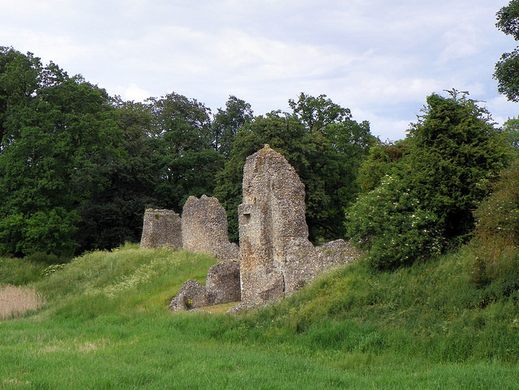



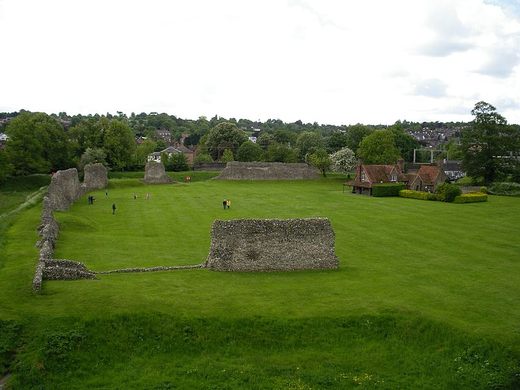




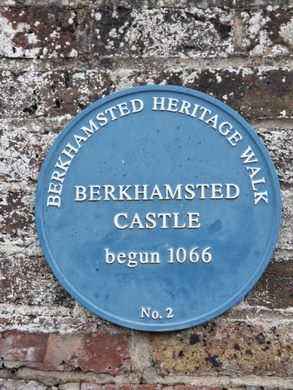










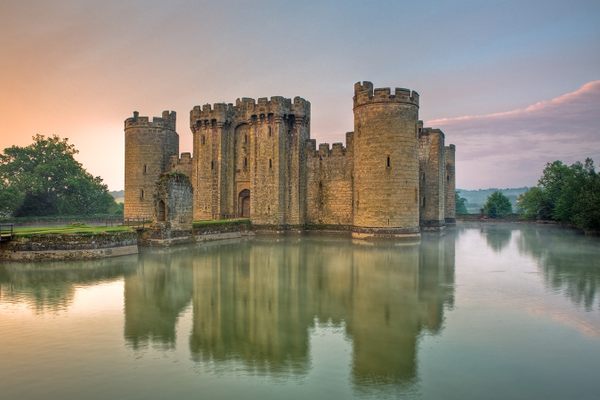
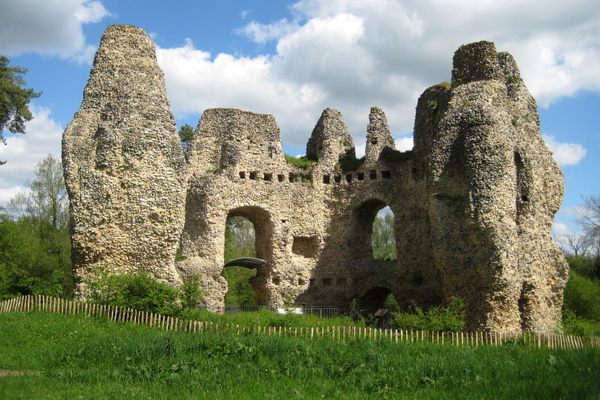
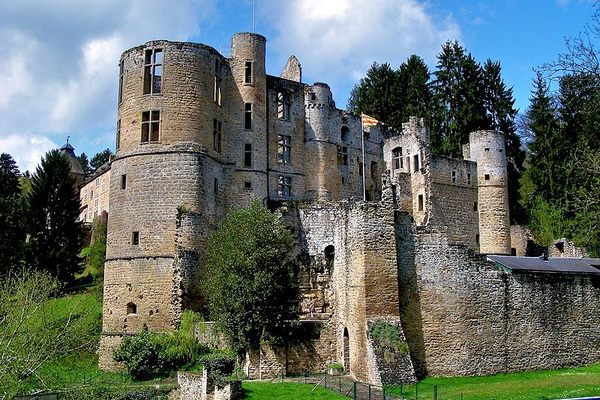


Follow us on Twitter to get the latest on the world's hidden wonders.
Like us on Facebook to get the latest on the world's hidden wonders.
Follow us on Twitter Like us on Facebook